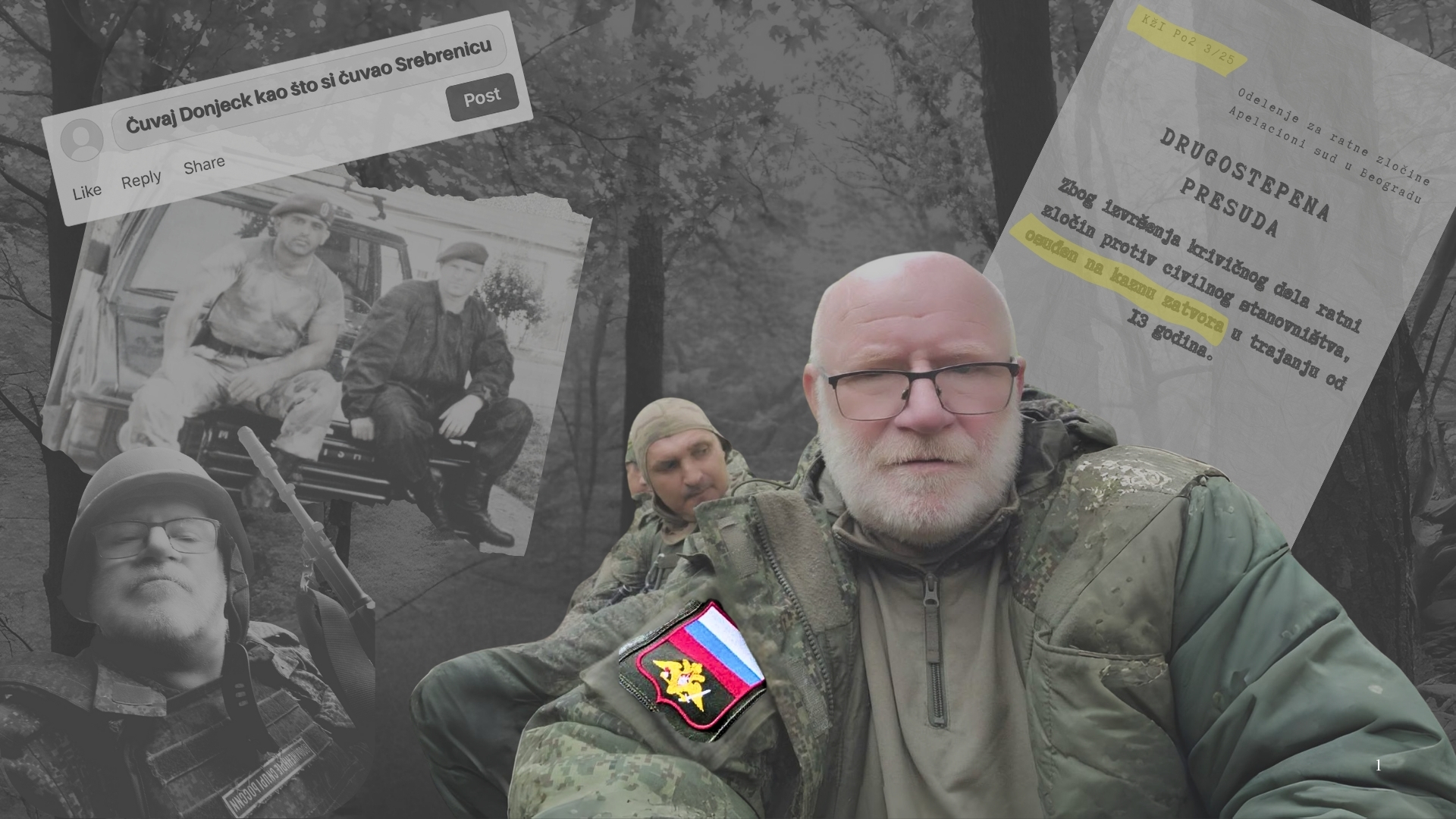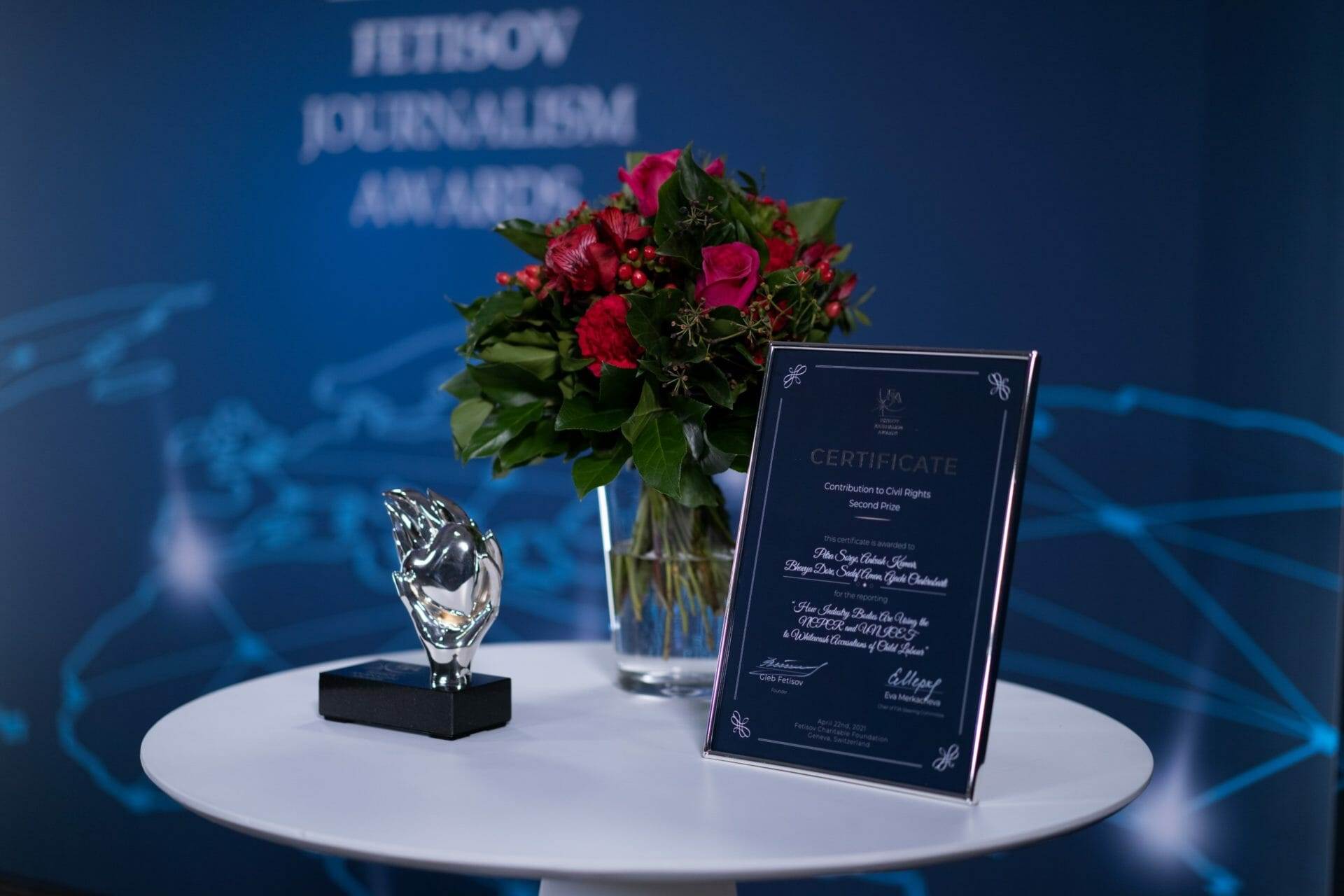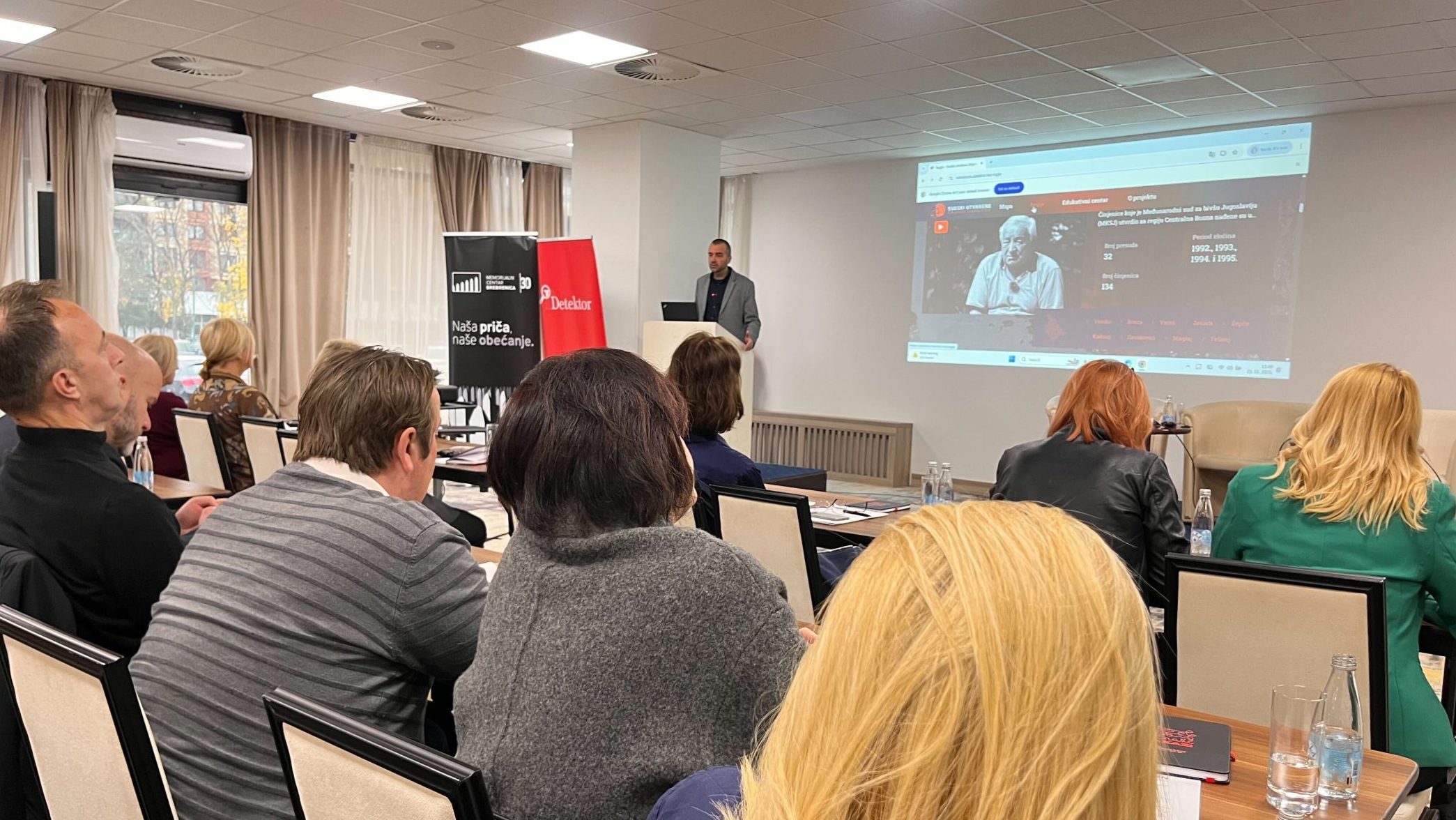This post is also available in: Bosnian
The War Childhood Museum (Muzej Ratnog Djetinjstva) doesn’t yet have a permanent venue in Sarajevo but is showing some of the items it has collected so far at a temporary exhibition running until Saturday at the Historical Museum of Bosnia and Herzegovina in the capital.
The project was instigated by Jasminko Halilovic, a Sarajevo resident who initially started collecting material from people who grew up during the Bosnian conflict that he published in 2013 in a book called War Childhood.
“When I started working on my book, I asked people to send me some contributions with their childhood memories of the war… more than 1,000 people responded,” Halilovic told BIRN.
“With time, I realised that many of them still had things they had preserved for 20 years after the war, that they still connect memories from the war with these objects, and that they have a strong urge to share their stories… that is how I initially had the idea of creating this museum,” he said.
So far, the War Childhood Museum has gathered more than 2,000 items and over 70 hours of recordings from war children.
The items displayed in its temporary exhibition are mainly personal belongings that acquired special meaning for the children who owned them during the war, along with pictures, letters and personal diaries.
Among them are ballet shoes donated by a Sarajevo resident called Mela, who was eight when Bosnian Serb forces’ siege of the city started in 1992.
At that time, Mela wanted to become a prima ballerina at the Sarajevo National Theatre, but the war prevented her from realising her dream.
“This museum is an opportunity for us, who were children during the Bosnian war, to recall our lives during wartime without any kind of nationalist bias or hatred,” she told BIRN.
“We were too young to know anything about the political situation at that time… so we can just share the truth about the war and our personal experience,” she added.
Another Sarajevo resident, Filip Andronik, donated his old collection of humanitarian food aid packaging that he gathered as a child during the siege.
“Adolescents always seek some sort of entertainment,” Andronik told Bosnian media.
“For me, collecting humanitarian aid packaging quenched that thirst for collection,” he said.
Halilovic said that he hoped that the authorities would ultimately grant the museum a permanent home.
“The municipality council of Old Sarajevo has already declared our project to be of priority importance in March… However, so far nobody has granted us a permanent venue,” he said.
After May 14, the temporary exhibition will move to other cities around Bosnia and Herzegovina, and Halilovic said he wanted to include wartime mementoes from children outside the capital too.
“This project is open to everybody who was a child during the war, regardless of their ethnic background,” he said.


